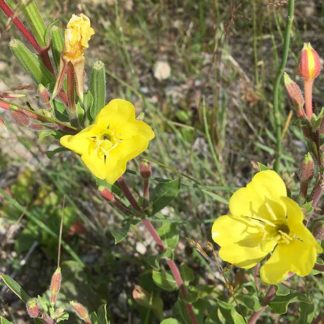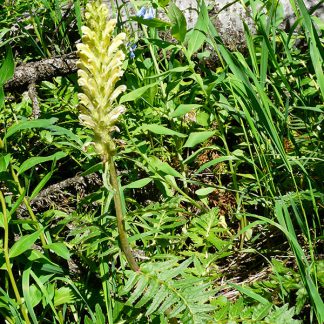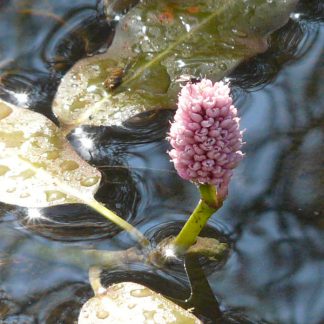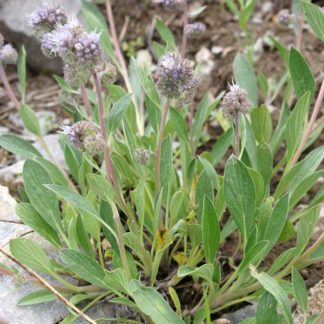late summer
Showing 85–96 of 134 results
-

Nasturtium officinale / watercress
- emergent aquatic in slow-ish flowing steams
- four petaled white flowers in clusters
- thick, shiny leaves
- often in dense colonies
-

Oenothera villosa / hairy evening primrose
- yellow flowers on tall stalks, several flowers in a cluster
- 4 petals; 8 stamens; large, 4 part stigma
- hairy - often reddish - stems; hairy leaves
- lance-shaped leaves, larger on stem than basal
- disturbed areas and stream banks
-

Opuntia fragilis / brittle pricklypear
- smallest pricklypear cactus; potato-shaped pads
- pads separate with lightest bump
- seldom flowers or fruits
-

Parnassia fimbriata / fringed grass of Parnassus
- ca. 1" flower with obviously fringed, white petals
- flowers look very "complicated"
- thick, rounded basal leaves
- usually in wet places, but also alpine on rocks
-

Pedicularis bracteosa / towering lousewort
- dense, narrow inflorescence on upper half of stem
- yellow, beak-like flowers with upper and lower lips
- flowers from bottom to top
- conspicuous, fern-like leaves
- old flowers become light brown but remain on stalk
-

Pedicularis contorta / curved-beak lousewort
- alpine and subalpine habitats
- fern-like leaves at base
- tall, spikey inflorescence
- white flowers with coiled upper beak and flat, 3-lobed lower lip
-

Penstemon cyaneus / blue penstemon
- two-toned totally tubular flower (blue and pink-ish)
- early spring to at least mid-summer
- widespread in low disturbance habitats - even when rocky and "bare"
-

Penstemon whippleanus / dusky beardtongue
- large-ish purple or creamy-white tubular flowers
- from the side, flowers look like a gaping mouth; 2 lobes above, 3 below
- flowers typically hang down in small clusters at the top of their stems
- opposite, sessile leaves on flowering stems
- subalpine on rocky areas, as at Darby wind cave
-

Perideridia montana / Gairdner’s yampah
- white, compound umbel (like all the rest of the family)
- apparently leafless much of the time, especially when blooming
-

Persicaria amphibia / water smartweed
- shocking pink flower clusters
- oval, leathery leaves
- either submerged or on stream or pond banks
-

Phacelia hastata / silverleaf scorpionweed
- flowers - dull white-ish/purple-ish, numerous in short, compact, coiled clusters
- stamens extend well past petals
- leaves - basal with prominent veins; usually covered with silvery hairs; usually entire
- multiple flowering stems on a single plant
- in a variety of habitats
-

Phlox longifolia / longleaf phlox
- white or pink to almost rose flowers
- blooms in spring, sometimes through to August
- common on disturbed and undisturbed sites
Showing 85–96 of 134 results